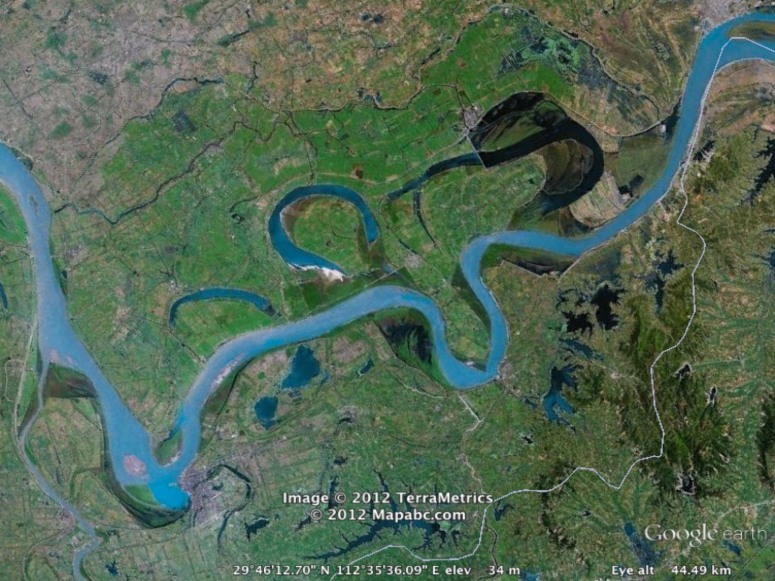From the link below you can download the information below that summarises our reasoning, aims and approach.
hydroscape-2-page-info-march-2016_compressed (pdf download)
Hydroscape: How do connectivity, stressors and their interaction impact freshwater habitats?
Hydroscape is a four-year project that started in December 2015 and is funded by the UK Natural Environment Research Council (NERC). It aims to determine how stressors and connectivity interact to influence biodiversity and ecosystem function in freshwaters across Britain. While stressors such as nutrient pollution and climate change drive ecological degradation, connectivity between freshwater habitats is a major force behind both dispersal of stressors and biodiversity. Currently, the implication for freshwaters of future changes in stressor intensity and in connectivity levels across Britain are poorly understood. Hydroscape will significantly improve this understanding and therefore inform the work of organisations engaged in waterbody restoration, biological conservation, the control of invasive species and diseases of wildlife and humans, at the international, national and local level.
Biodiversity and ecosystem functions in landscape-scale hydrological networks
Landscape-scale thinking has become standard procedure for nature conservation and environmental bodies, but we currently lack the depth of knowledge needed to underpin large-scale conservation and restoration of freshwater landscapes and ensure resilience to stressors such as climate change and nutrient pollution. In this regard an integrated understanding of aquatic landscapes and a clearer understanding of how aquatic biodiversity and ecosystem function respond to the changes in connectivity and stressors is now urgently required.
Freshwater scientists recognise the fundamental role of connectivity in key paradigms such as the river continuum and flood pulse concepts. Land-water connectivity is also a founding principle behind catchment management. However, in reality, a long tradition of focusing on individual stressors, individual sites, individual taxonomic groups or specific habitat types, has led to a highly disjointed view of the most intrinsically interconnected resource on the planet.

While the need for an integrated approach to water management is universally acknowledged, an understanding of this most fundamental part of the infrastructure of freshwaters is lacking. Consequently, we struggle to answer basic questions such as (i) how do organisms, nutrients and energy move naturally within and between landscapes? (ii) how is this basic template altered by different stressors, singly or in combination? (iii) how has widespread alteration of land cover and of freshwaters connectivity redistributed pressures and modified their effects? (iv) how should reductions in stressors and changes to connectivity, that are now widely implemented, be prioritised when seeking to restore biodiversity and ecosystem function?
Aim, objectives and approach
The overall aim of Hydroscape is to determine how connectivity and stressors interact to influence biodiversity and ecosystem function in freshwaters. This will be achieved by pursuing the following objectives:
- To characterise the relationship between connectivity, key stressors and biological responses within and between three landscapes: the Lake District, the Glasgow area and North Norfolk.
- To scale up to mixed landscapes at the national scale using existing datasets,
- To determine how connectivity influences resilience of freshwater systems to stressors;
- To use our results from the above to forecast how freshwaters will respond to (i) multiple, interacting pressures and (ii) management actions designed to reduce pressures and/or restore (or reduce) connectivity, in a national context.
To achieve these objectives, we are conducting multidisciplinary studies at different spatial and temporal scales (landscape-scale to national; annual to centennial). Our novel research will provide the first general understanding of how UK freshwater systems are connected across the landscape, the pathways of this connectivity, and the impacts of connectivity on ecosystem structure and function. By intensive study of contrasting systems, we will also determine how stressors such as eutrophication, acidification, toxic metals and invasive organisms interact with connectivity to influence ecosystem structure and function. Additionally, our analyses of the distributions and abundances of selected disease agents will enable a more nuanced understanding of freshwater communities and will identify conditions that may promote the spread of disease to fish, humans and otters.

The endgame
Hydroscape will bridge the gap between policy & management needs and state-of-the-art scientific research in order to provide novel guidance on sustainable management of freshwater landscapes at the international, national and local level. At an international level, the results are expected to inform the implementation of the 2020 EU Biodiversity Strategy, which aims to “halt the loss of biodiversity and ecosystem services”. More specific international beneficiaries are the Directorate General for the Environment (DG Environment) in relation to Water Policy (Water Framework Directive) and Biodiversity Policy (Europe 2020). At the UK level, the results will provide environmental and conservation agencies and policy makers with a better understanding of the processes involved in the sustainable management of freshwaters and their catchments. In particular, appreciating that measures aimed at restoring a particular site may be impacted by connectivity across the wider freshwater landscape, or that increasing connectivity may be detrimental if the spread of invasive species and/or pollution caused by such reconnections offset the benefit of greater ease of dispersal. At the local level, our research outputs will help water managers improve biodiversity and habitat quality in a sustainable way.
Members and partners
Hydroscape is a consortium, led by University of Stirling, that includes Centre for Ecology and Hydrology, University College London, Lancaster University, University of Glasgow, Natural History Museum and British Trust for Ornithology. Our external partners and data providers include Michigan State University, Environment Agency, SEPA, SNH, Natural England, Broads Authority, British Dragonfly Society, Balfour-Browne Club, Norfolk Biodiversity Information Service.


One thought on “About”